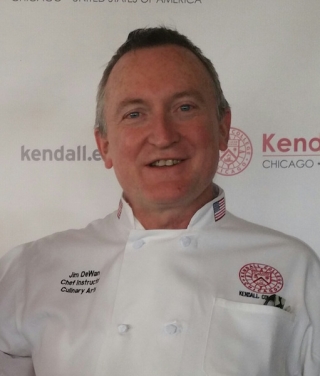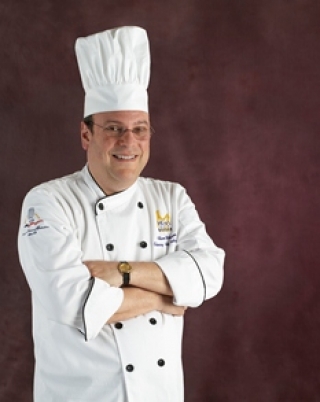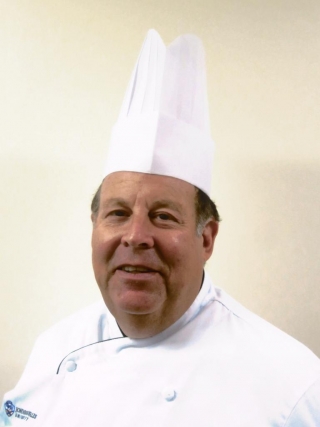
The American Cuisine Project
Saturday, 05 December 2015 16:33Kendall College is inserting classic American cuisine instruction throughout its culinary program and dining spaces. Tuna-noodle casserole, anyone?

Kendall College is inserting classic American cuisine instruction throughout its culinary program and dining spaces. Tuna-noodle casserole, anyone?

Students need to embrace new tastes and textures but often resist. Chef Weiner explains new avenues to broadening taste horizons and increasing flavor diversity.
By Chef Adam Weiner, CFSE
Last December I wrote “Fun and Profit with Gingerbread.” This year I would like you to consider using the holidays as a way to teach finicky students to taste outside their comfort zones.

A meat fabrication workshop reminds Chef Lazar of his past while teaching students important skills for the future.
By Chef Alan Lazar CCE, M.Ed., Johnson & Wales University, North Miami, Florida
The meat industry has been in a silent revolution that is getting louder every day. More and more people are calling for locally sourced meat and the meat industry is happily answering those calls.

Sweet Briar College in Virginia had 18 days to recreate its dining and catering service departments when a last-minute stay allowed the college to remain open. A challenge they met with a little help from friends.

Networking can be a difficult skill to master. But, just like chefs may not like the taste of all the dishes they make, they still have to make the dish well.